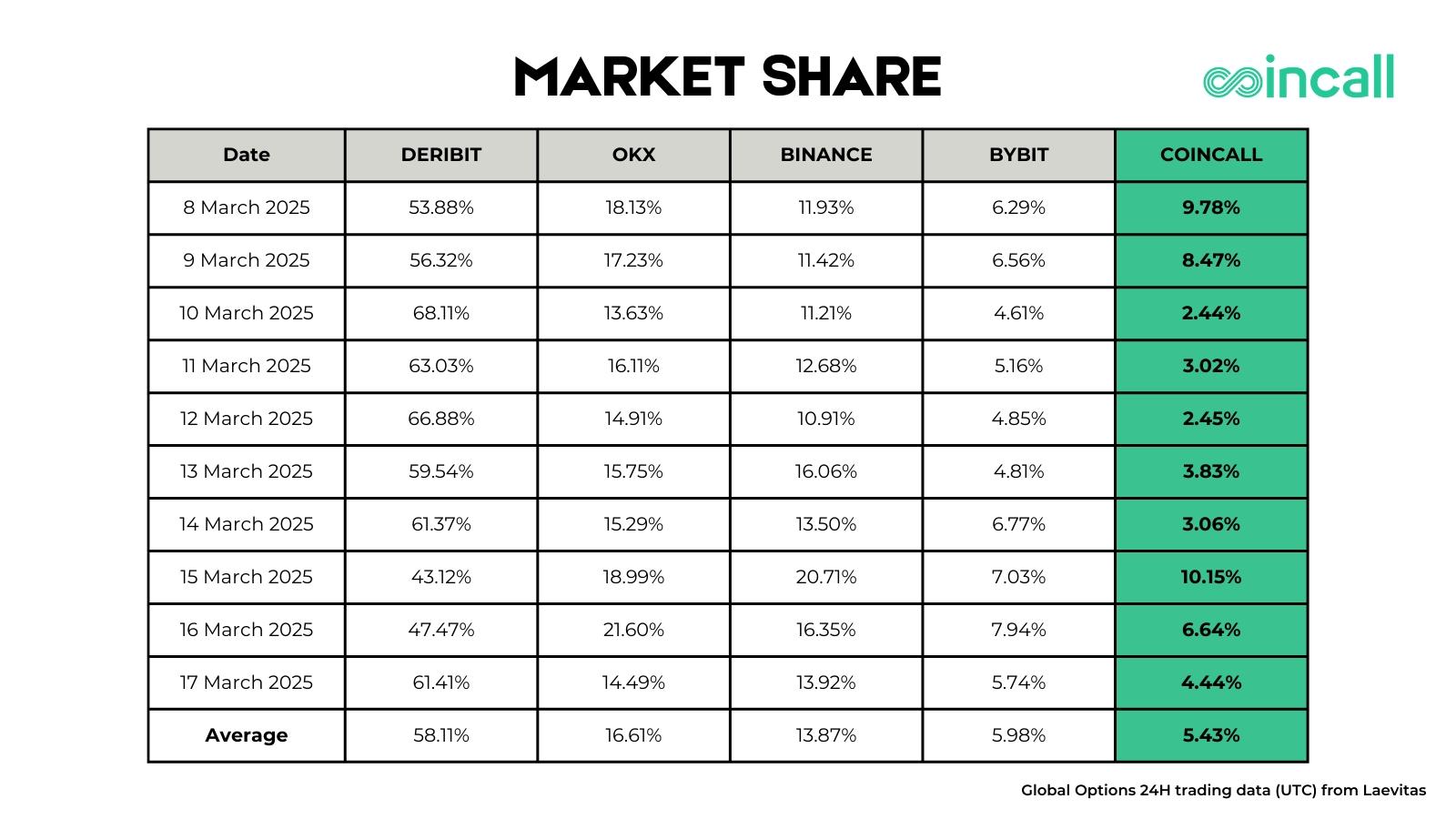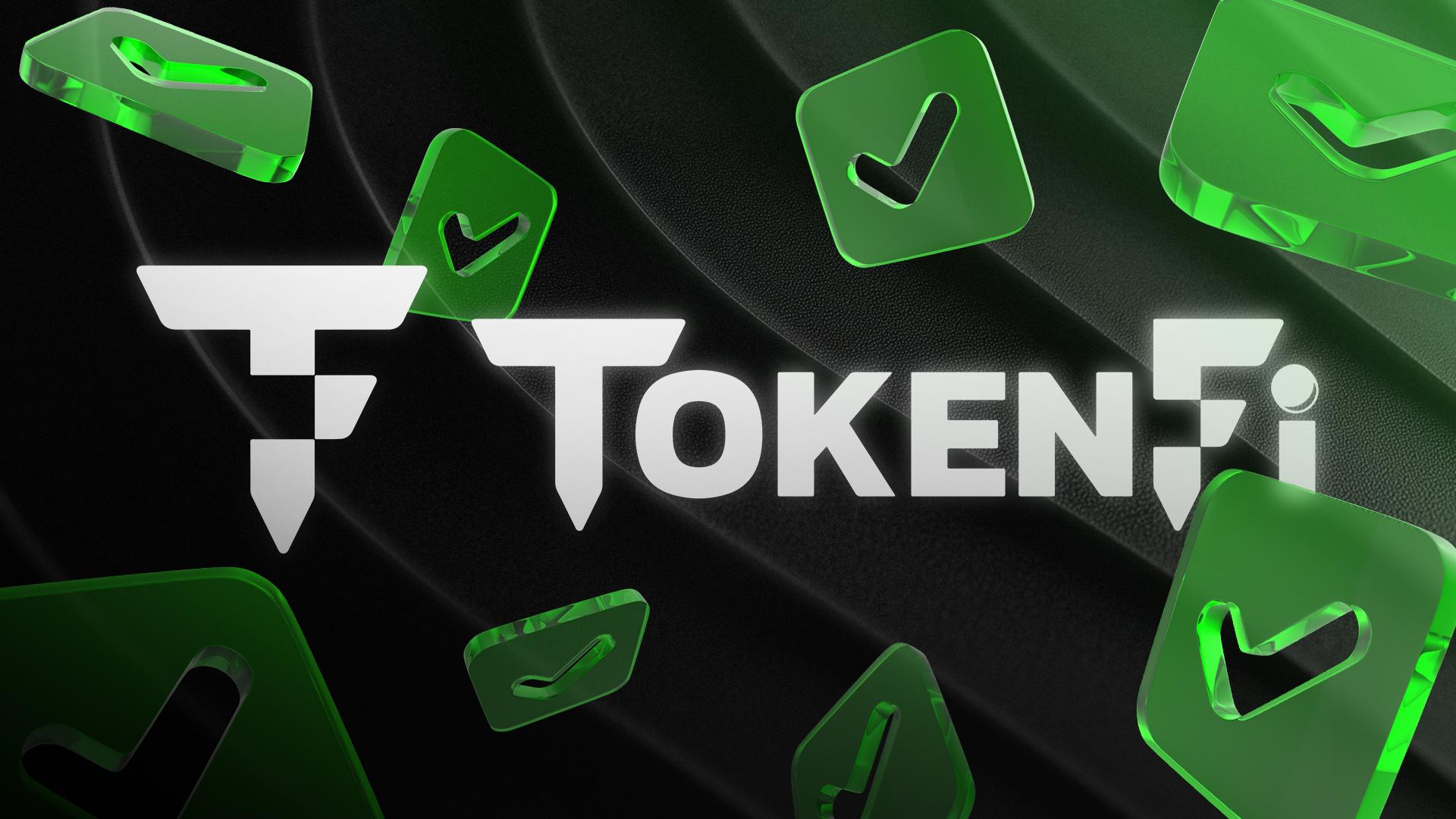In need of a serious money reset? Going back to cash could be the cure for your ailing budget.
Popularized by modern personal finance patriarch Dave Ramsey, the cash envelope system encourages you to toss aside your wallet and rely on pre-labeled envelopes full of real, physical money.
You don’t have to use this method for your fixed expenses, like your rent or mortgage, car payment or debt payments. You can automate those recurring expenses, since you’re likely required to pay the same amount on the same date each month.
Your water or electric bill may fluctuate from month to month, but treat it like your fixed expenses. You’re unlikely to go on a splurge and overspend on your utilities. And because utility bills are based on usage from the previous month, you can’t lower your bill by deciding to use less water or electricity in the month you’re currently in.
You also don’t have to mess with any auto drafts for saving or investing. You aren’t going to benefit by taking money that would be earning interest in your retirement accounts and setting it aside in a cash envelope.
Instead, you’ll use cash for areas where the amount you spend can vary: gas, groceries, weekend adventures or clothing, for example.
It’s those variable expenses that often cause people to blow their budgets. But the cash envelope system is designed to keep budgeters on track by having a finite amount of money to spend.
Ready to try it?
How the Cash Envelope System Works
It’s time to trade swiping plastic for counting paper.
1. Determine How You’ll Allocate Your Money
First, you need to create a budget to determine how much money you have to spend each month.
Below are a few budgeting methods to consider. Whichever budgeting style you choose, make sure you get a good idea of what you can afford to spend in each of the categories you’ll track with the cash envelope method.
Looking at your bank and credit card statements from the past few months and analyzing how you’ve been spending can be a great way to determine how you should budget your funds.
- The 50/30/20 Method: With this method, you dedicate 50% of your income to essentials like housing and groceries; 20% to financial goals like saving, investing and debt repayment; and 30% to personal spending on all the fun stuff.
- The 60% Solution: Use 60% of your income for expenses you’re committed to. This will include necessities plus the expenses that are most important to you — whether that’s your gym membership, extracurricular activities for your kids or tithing to your church. The remaining 40% can be spent however you choose.
- Zero-based budgeting: Get specific and assign a spending limit to all your budget categories until every dollar is accounted for. Take your income and subtract your expenses along with your savings and investment allocations, and you should end up with $0.
2. Label Each Envelope
Next, grab a stack of envelopes. Label each one with a spending category, like takeout meals, groceries, movie nights or clothing. Your envelopes will vary depending on what you’ve included in your budget. You might want to color-code each one so they’re easily distinguishable.
Consider how specific you want to get. Do you want to have one “self-care” envelope with $100, or would you prefer to put that cash into separate envelopes for manicures, yoga classes and beauty products?
Here are several budgeting categories you might want to use envelopes for:
- Groceries.
- Restaurants/bars.
- Household supplies.
- Toiletries.
- Doctor’s office copays.
- Medication/vitamins.
- Pet care.
- Gas.
- Ride sharing.
- Clothing.
- Hair care.
- Entertainment.
- Gifts.
A good practice is to have one envelope for miscellaneous expenses — to cover unforeseen things that come up but don’t warrant dipping into your emergency fund. Maybe your cell phone screen shatters and you want a replacement, or you need to hire an exterminator for an unexpected pest problem, for example.
3. Distribute the Cash and Spend Accordingly
Each time you get paid, visit your bank or an ATM and take out cash to fill your envelopes. Say you want to budget $500 per month for groceries and $100 per month for gas. If you get paid once per month, you’ll take out $600 on payday. If you get paid twice per month, you’ll take out $300 each time.
Keep in mind: If your ATM only spits out $20 bills, you may need to visit the teller or go through the drive-thru to get cash in the increments you want.
After you separate the cash into its appropriate envelopes, you’re free to spend… but wisely, of course. Once an envelope is empty, don’t cheat and reach for your credit or debit card. You’ll have to wait until it’s time to fill the envelope again!
The Pros of the Cash Envelope System
The advantages of the cash envelope system are pretty significant.
- You start thinking twice about your spending. Swiping a card to pay for something is easy. So is clicking a button to make an online purchase. But paying with cash forces you to look at the money, touch the money and consider what you’re paying in exchange for a product or service. Don’t be surprised if you find you’re spending less.
- It’s impossible to incur an overdraft fee, have your debit card declined or rack up credit card debt. When you’re out of cash, it’s not fun, but at least you’re not in the red. Remember: Budgeting is not a perfect science, and you might underestimate — or overestimate — the amount of cash you allocate in certain budget categories. You may have to adjust your budget once or twice (or several times) before you find what works for you.
- It can help you resist the urge to shop online. You’ve committed to using physical cash, so you’ll need to shop in person. But here’s a workaround if you do decide you really need to make a purchase on the web: Take cash from the assigned envelope and deposit it back into your bank account to cover the purchase. Seriously, there’s no cheating in this system. There’s no place to hide.
The Cons of the Cash Envelope System

This system does also have a few disadvantages, especially for those of us not accustomed to paying for everything in cash. Here are some solutions to potential problems you might face along the way.
Problem: You miss out on credit card rewards. Unfortunately, paying with cash won’t help you earn a free flight.
Solution: You could use your credit card to pay fixed expenses, like your cell phone bill or car insurance. Just be sure to pay off those charges immediately so you get the reward points but don’t rack up debt.
Problem: Some stores and eateries are going cash-free to speed up the payment process and avoid counterfeit bills. It can be challenging to pay with cash in tech-friendly retail environments.
Solution: Check out payment options in advance of visiting a new-to-you shop or restaurant. Just as there are cash-free establishments, there are also places that only accept cash, like some street vendors or food trucks, and businesses that give you discounts for paying cash, like some gas stations.
Problem: You’re managing a budget for more than one person. The cash envelope system gets a little more complex when you’re doing it with a partner or spouse.
Solution: Before you start using the envelope method, talk with your partner about ways to distribute cash appropriately. This method is all about planning ahead.
If you both use roughly the same amount of gas each month, you should divide the cash in your “gas” envelope equally between each other. If one partner tends to do most of the grocery shopping, that person should get most of the money from your “groceries” envelope. The other partner can carry a smaller percentage of the grocery cash for occasional trips to the store for a few items.
Problem: Your expenses fall under multiple budgeting categories. Say you run to Target and get diapers, dog food and detergent. Which envelope do you pull from?
Solution: Don’t be afraid to split your purchases into separate transactions. It may take a little extra time at the register, but it will help you maintain an accurate system. Also, be clear about which expenses fall into which categories — and stay consistent.
For instance, if you pay for diapers from the same envelope as personal care items like toilet paper or sanitary pads one week, don’t switch it up the following week and use your child care envelope to buy diapers.
Problem: Carrying around lots of cash poses a safety risk. Thieves may view you as a target if they catch you opening up an envelope with loads of cash. And calling your bank to freeze your account or dispute unauthorized purchases won’t work when you’re using cash.
Solution: Only take the amount of cash you estimate you’ll spend per outing. For example, if your monthly grocery budget is $500 and you go grocery shopping four times per month, only take out $125 for each grocery shopping trip.
If you’re only going to the hair salon, just take the envelope for hair care expenses and leave the others home.
4 Expert-Level Tips for Cash Envelope System Fans
You don’t need to get fancy to be successful with the cash envelope system, but if you’re ready to take it even further, try some of these advanced tips.
Track each purchase from each envelope. Jot it down on the envelope while you’re waiting for your groceries to get bagged up. Or stash paper receipts in your envelope, and write your expenses down at the end of each day.
This extra step will help you be even more mindful about what each dollar you spend is going toward.
Try variations on plain white envelopes. You could splurge on a pack of heavy-duty, color-coded envelopes to manage your cash budget. Some options even have lines for neatly tracking your expenses as you go.
If you travel with several envelopes at a time, you may want an expandable file folder or a small accordion file folder.
To find the best system for you, try Ziploc bags or colored binder clips.
Or digitize it. Working with physical cash is one of the main components of this system, but there are ways to get around that if you find it too inconvenient to carry around dollars and change. Enter, budgeting apps.
Goodbudget gives you virtual envelopes and can sync your budget with your partner or spouse. You can try the free version or purchase an upgraded version for $8 per month, or $70 a year.
Mvelopes is another app that digitizes the cash envelope system by linking up to your bank and credit card accounts. Mvelopes offers three plans — one that’s $6 per month, one that’s $10 per month and one that’s $20 per month. You can try out the app with a free 30-day trial.
Strive to have money left over at the end of each month. This may prove the toughest challenge of the envelope method. But if you can get through the month without encountering an empty envelope, congrats!
You could roll any extra cash into the next month and be able to spend a little more. Or you can put the surplus into a savings account or use it to pay down debt — budgeter’s choice!
Lisa Rowan and Nicole Dow are former senior writers at The Penny Hoarder.
Credit: Source link














![Just released: March’s small-cap stock recommendation [PREMIUM PICKS]](https://www.fool.co.uk/wp-content/uploads/2024/05/Small-cap-1200x800.jpg)